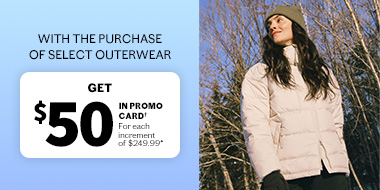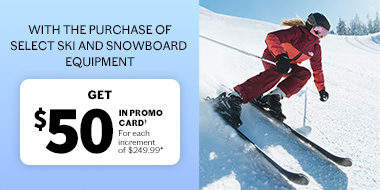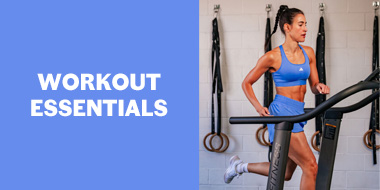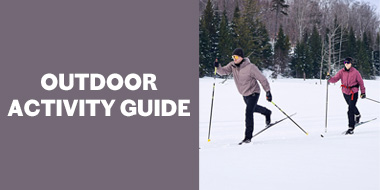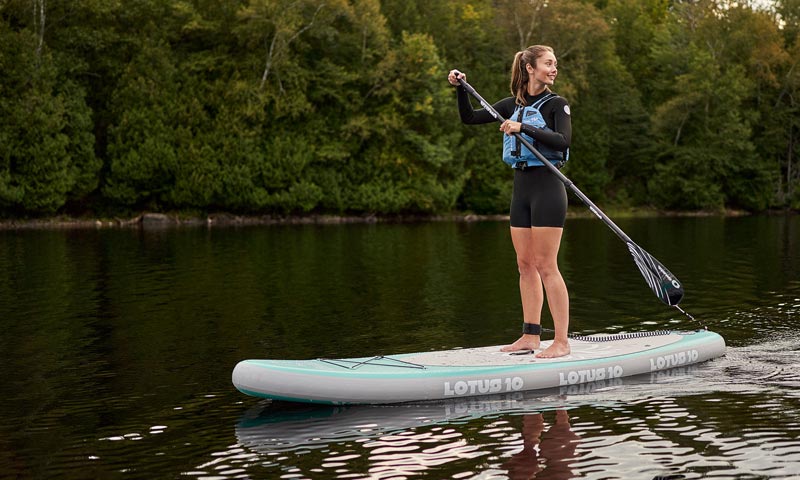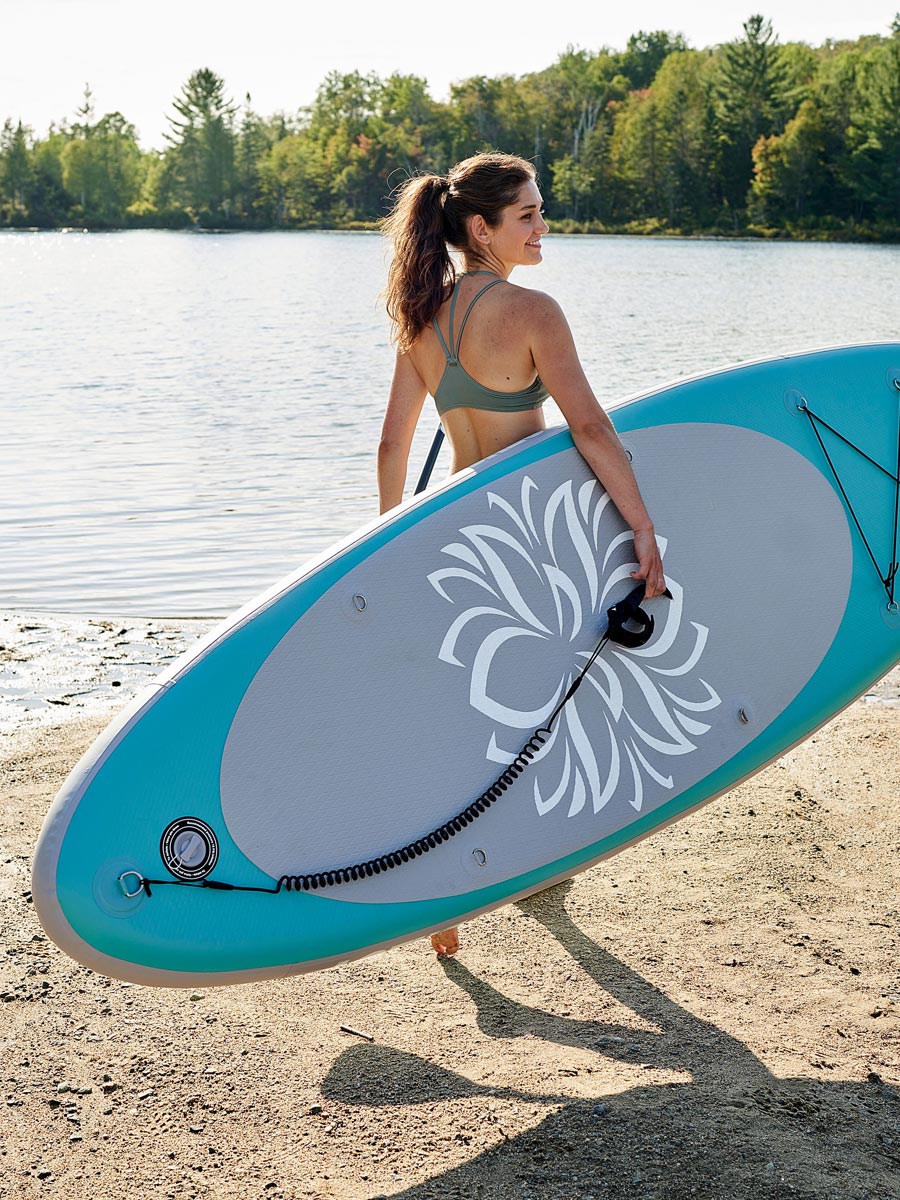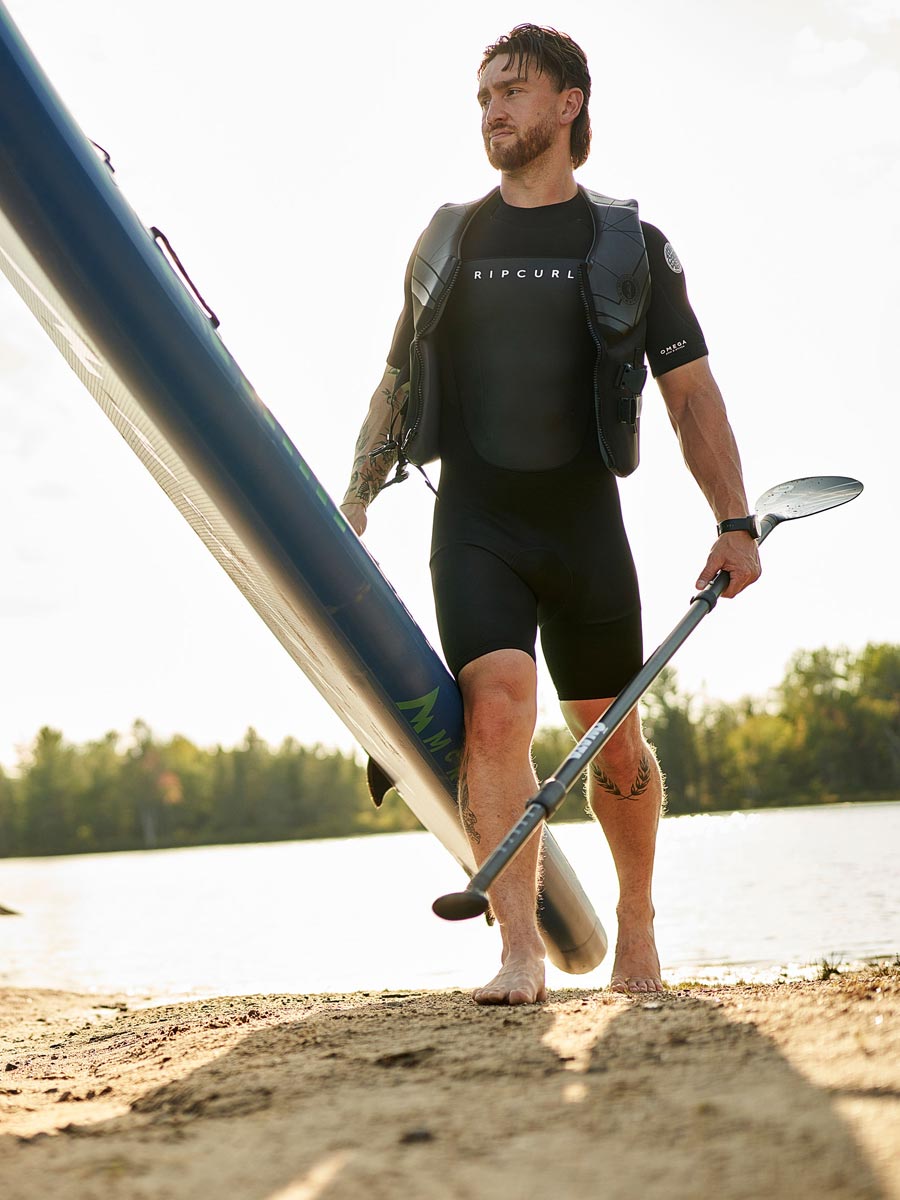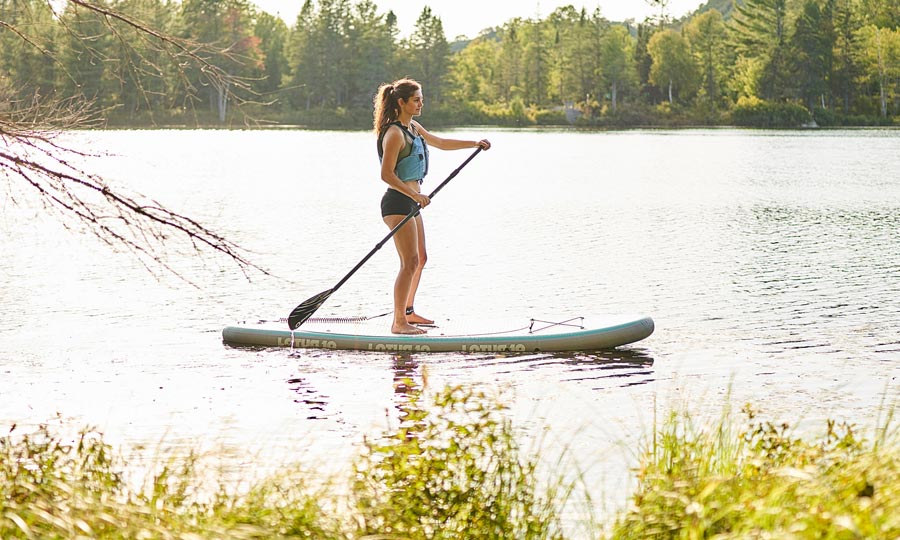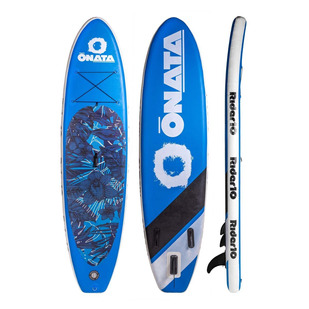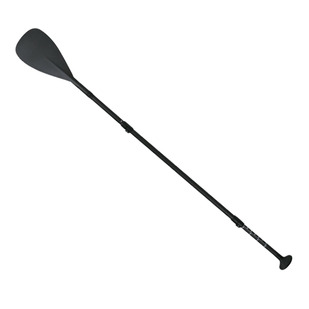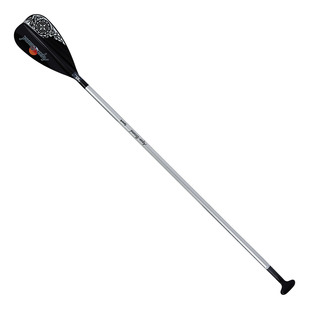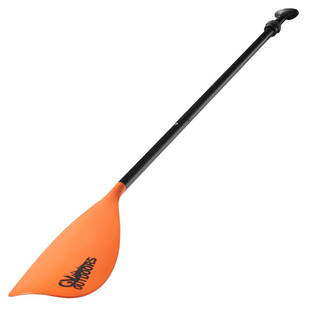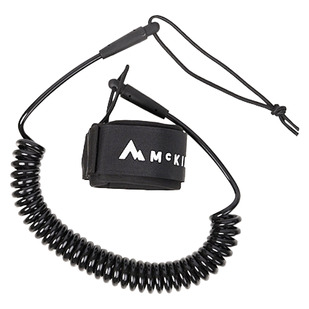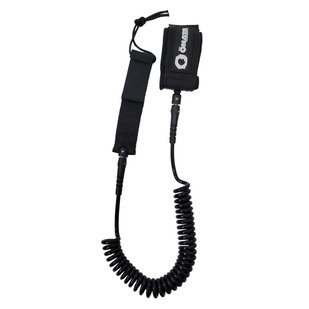Maintenance: How to Clean and Care for Your Paddle Board
Clean after each use: Whether you're paddling in fresh or salt water, it's important to clean your SUP after each outing and before switching bodies of water to avoid transferring microorganisms. A simple rinse is insufficient. It's important to use a biodegradable soap. Salt, sand and debris can accumulate and damage materials over the long term.
Dry before storing: Allow your board to dry completely before folding (for inflatable models) or storing. Residual moisture can promote mold, especially if the board is stored in a carry bag.
Occasional deep-cleaning: Once or twice a season, clean your board with a mild soap or a product specially formulated for nautical materials. Avoid abrasive products that could damage surfaces.
Store out of direct sunlight: Prolonged sun exposure can degrade the outer coating of your board. Store it in a cool, dry place. For rigid SUPs, avoid leaving them on the ground or leaning on the nose.
Check valves and seams (inflatable SUPs): Inspect seams, valves and crease areas regularly. In case of a small leak, use the tightening key included in the repair kit.



